Rural stories play a powerful role in shaping how we understand the people, cultures, and economies of these places. They shape public understanding, influence policy choices, and affect whether communities are seen for their strengths or reduced to narrow stereotypes.
An accurate rural narrative is not a nice-to-have. It is a foundation for fair opportunity and for investment that matches the leadership, creativity, and resilience found across rural and Indigenous places.
Our team pulled together a set of books that we’ve read or have on our list. They correct common myths and offer deeper insight into the forces that shape rural and Indigenous life. They include research, history, and firsthand stories from rural leaders and community members.
There are many excellent books out there, and this list is not exhaustive. We haven’t finished all of these books, but they’re on our list and we look forward to reading alongside you. Please reach out with your reviews and suggestions for additional books to include.

The Injustice of Place: Uncovering the Legacy of Poverty in America by Kathryn J. Edin, H. Luke Shaefer, and Timothy J. Nelson
Edin, Shaefer, and Nelson draw on long-term research and fieldwork to show that the nation’s most disadvantaged communities are concentrated in rural regions such as Appalachia, the Deep South, and South Texas. They trace these conditions to a shared history of exploitation and resource extraction that continues to shape health, opportunity, and mobility. The book calls for renewed national attention to poverty with a focus on the rural communities most affected. (Buy Book)
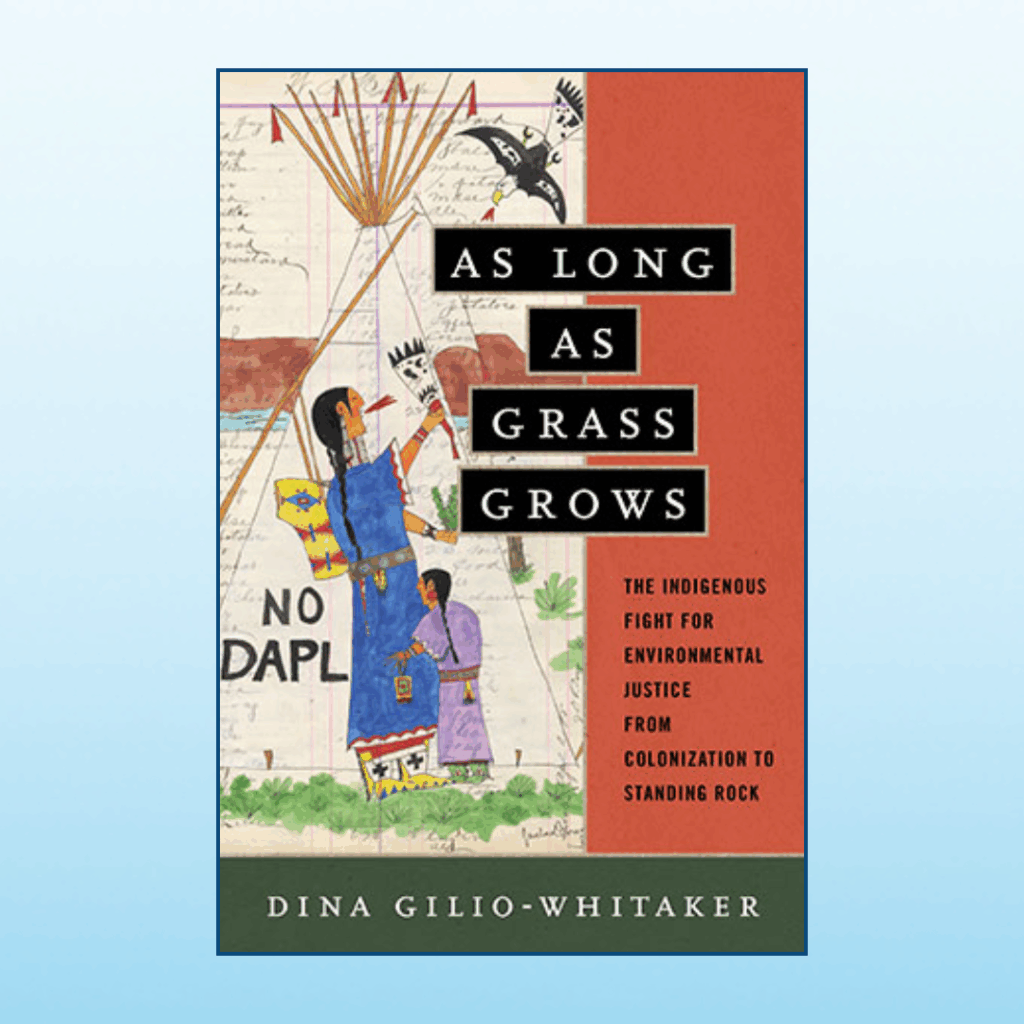
As Long as Grass Grows: The Indigenous Fight for Environmental Justice, from Colonization to Standing Rock by Dina Gilio-Whitaker
Dina Gilio-Whitaker reviews US environmental history through Indigenous resistance and stewardship. Detailing conflicts over treaty rights, food and water security, and sacred lands, she presents Indigenous models of environmental justice as both framework and call to action. The book centers the leadership of Native women and outlines lessons for contemporary environmental movements. (Buy Book)
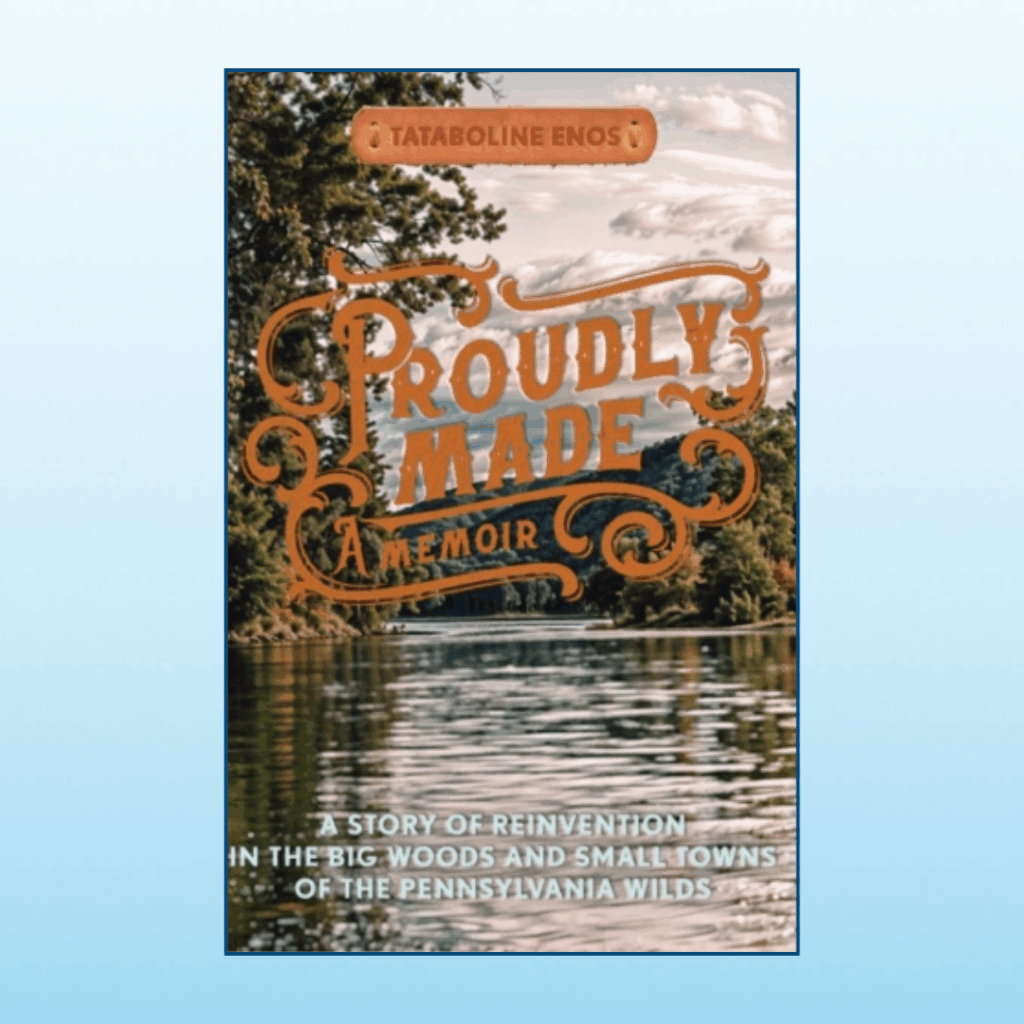
Proudly Made: A Memoir by Tataboline Enos
Tataboline “Ta” Enos reflects on the opportunities and challenges of working as a Rural Development Hub in the Pennsylvania Wilds. Through her own story as a former journalist who founded and led a regional nonprofit, she documents community resilience and asset-based development in practice. (Buy Book)
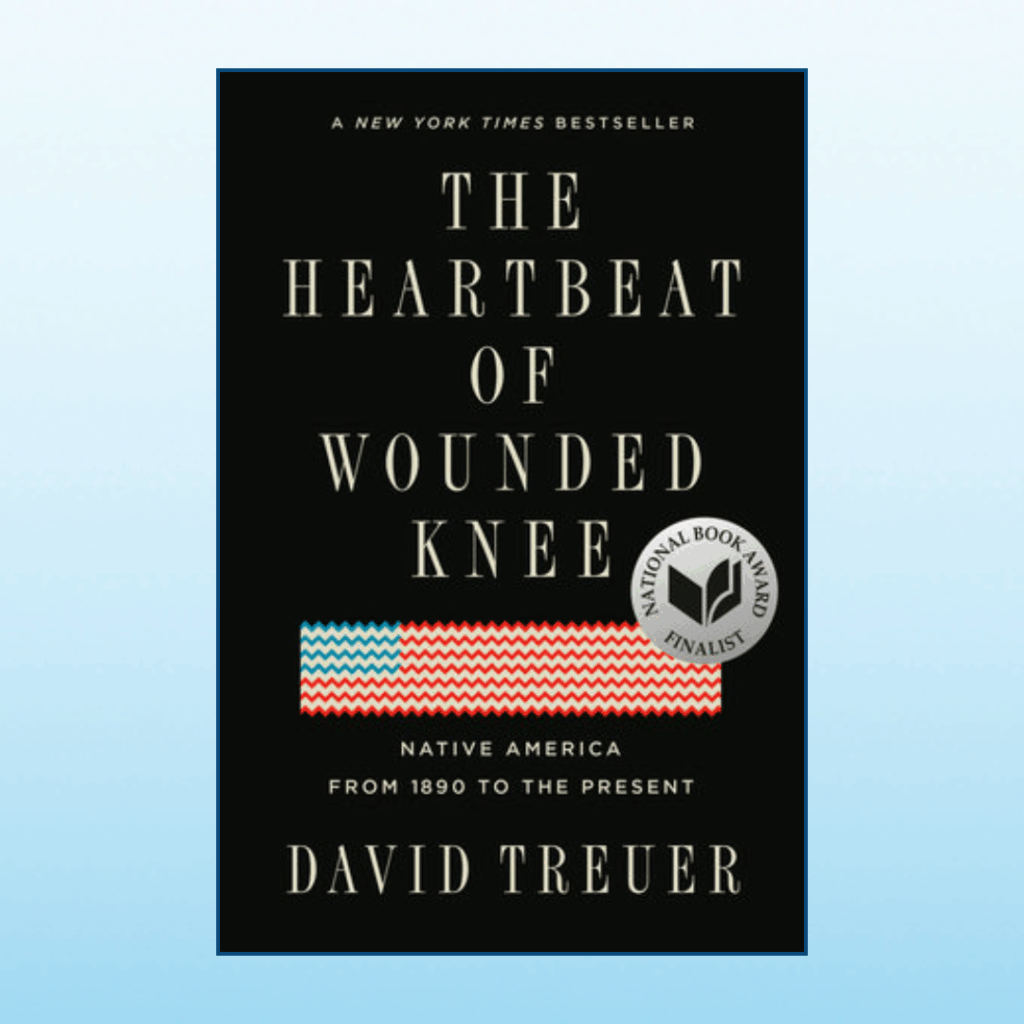
The Heartbeat of Wounded Knee by David Treuer
David Treuer combines history, reporting, and memoir to counter narratives of Native disappearance and to document the continuity and renewal of Native cultural identity. The book presents a record of survival that underscores the sovereignty and resilience of Native peoples. (Buy Book)
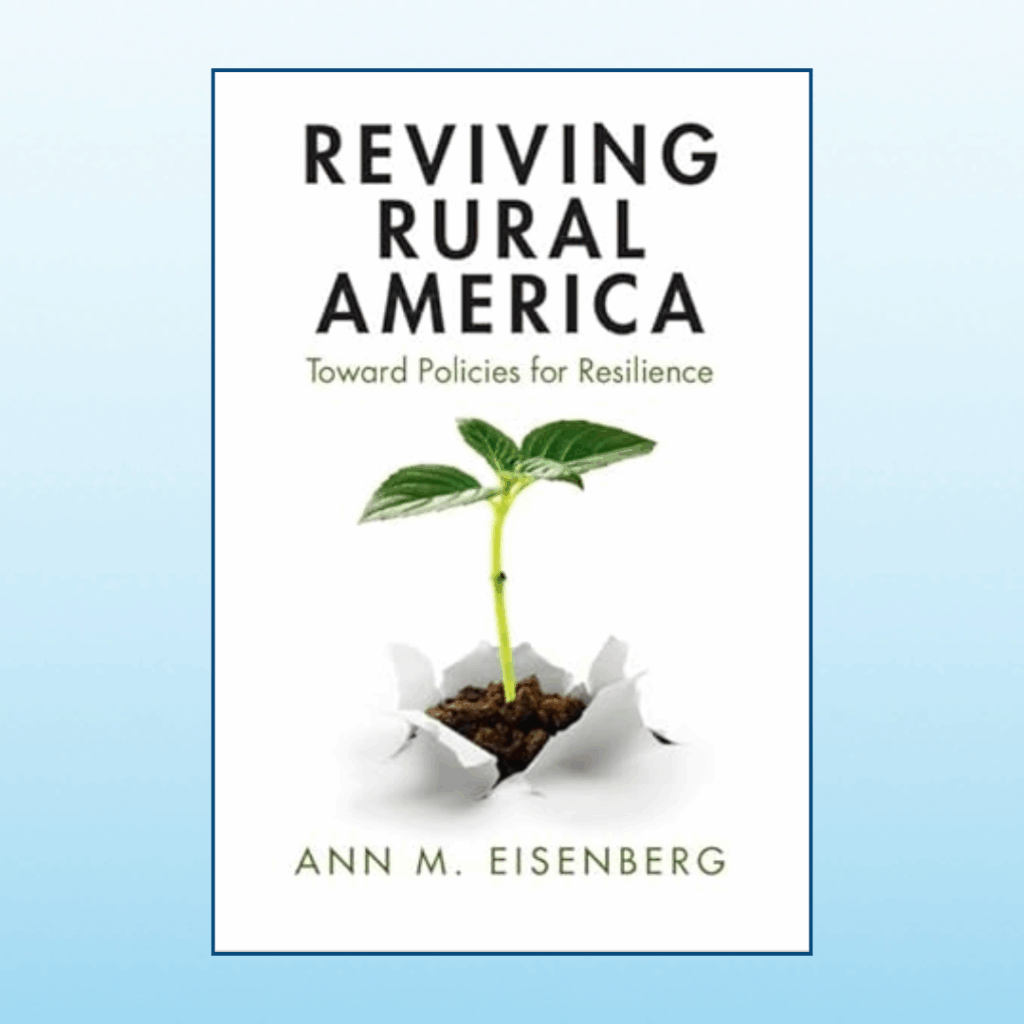
Reviving Rural America: Toward Policies for Resilience by Ann M. Eisenberg
Ann M. Eisenberg analyzes how US policy has constrained regional collaboration between rural and non-rural places and shows how structural decisions beyond market forces fuel this divide. Each chapter addresses a common myth about rural America and examines the forces that shape public misunderstanding and marginalize rural voices. The book argues for interdependence and policy choices that support success across regions. (Buy Book)
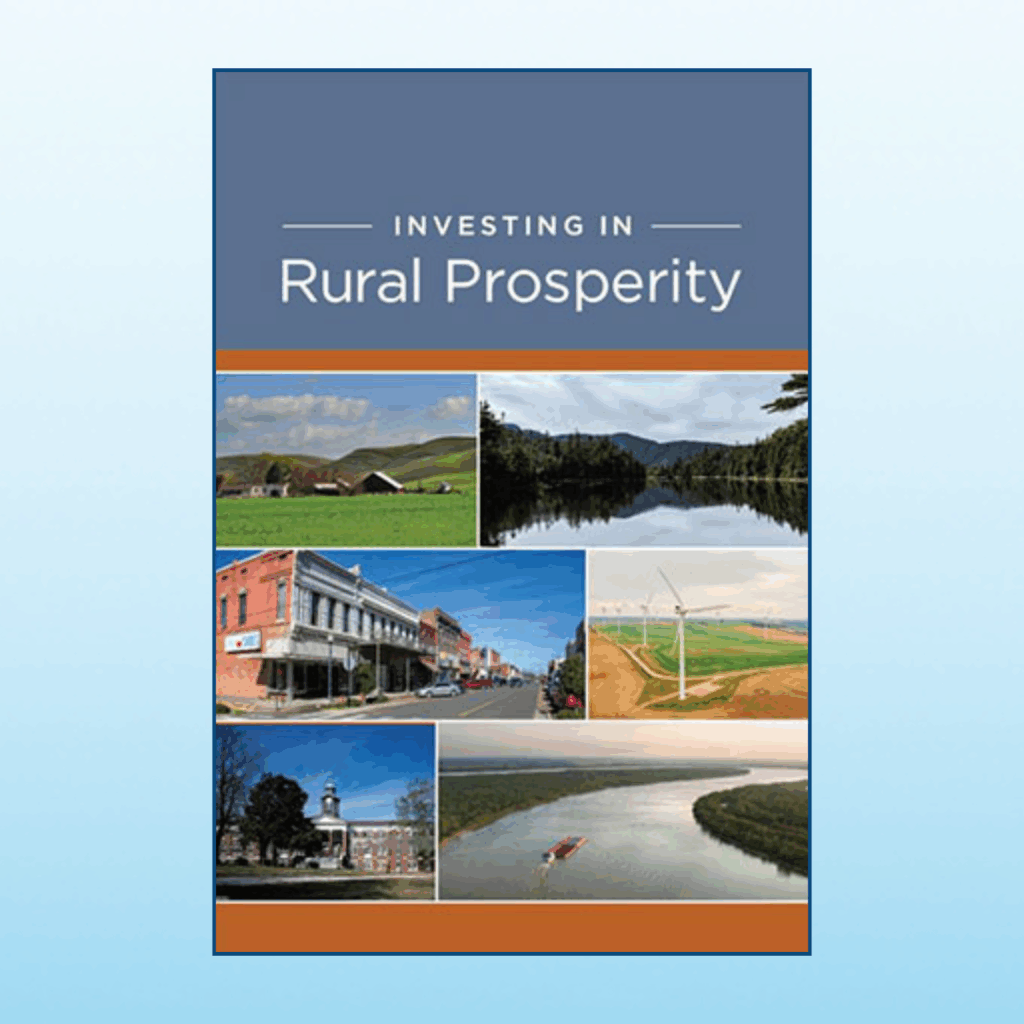
Investing in Rural Prosperity
Published by the Federal Reserve Bank of St. Louis with the Federal Reserve Board of Governors, this volume outlines proven rural development approaches and features stories of progress from multiple communities. Contributions come from 79 authors in the United States and abroad. In Section II, former Aspen CSG Executive Director Janet Topolsky presents six action principles to guide economic development toward a region-focused, asset-based approach that aims for shared benefits rather than high-risk, winner-take-all strategies. (Download Book)
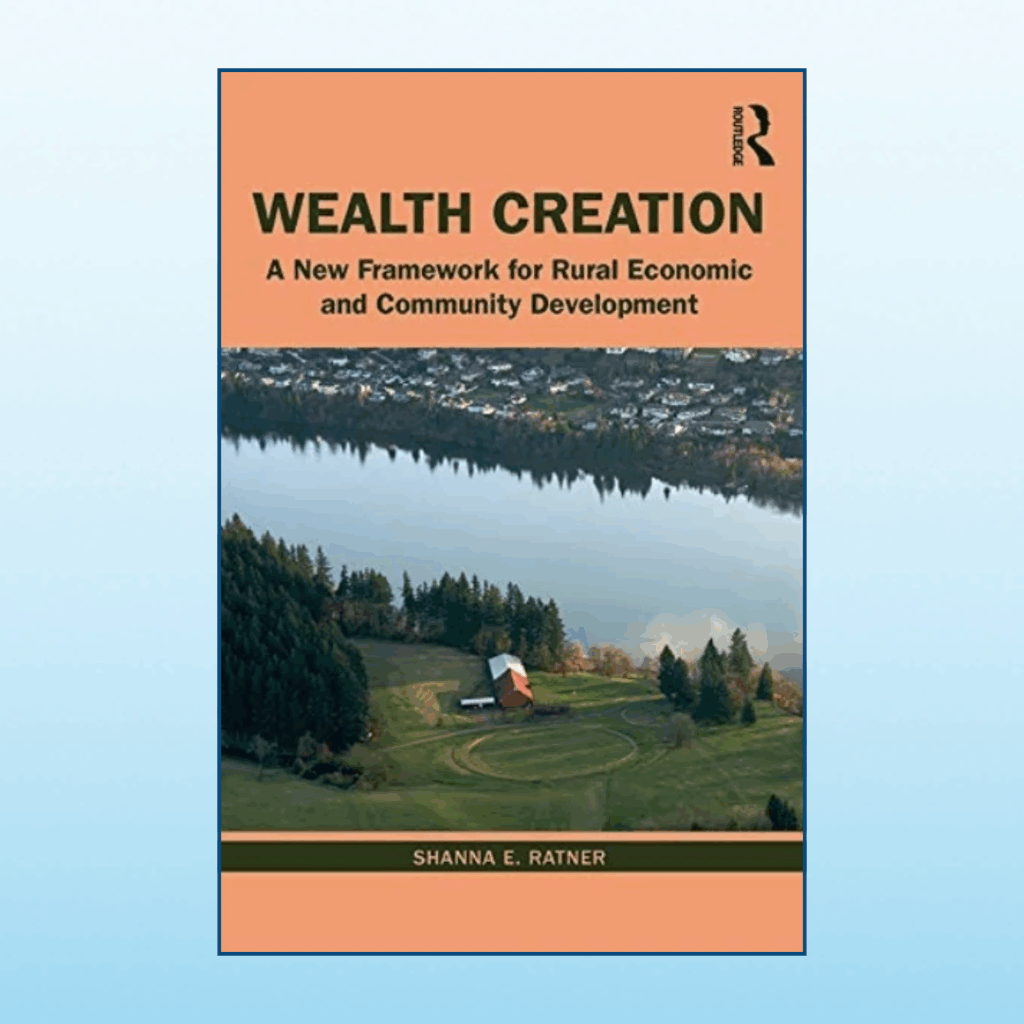
Wealth Creation: A New Framework for Rural Economic and Community Development by Shanna E. Ratner
Shanna E. Ratner provides a conceptual framework with practical examples for policymakers, development practitioners, community organizers, environmentalists, funders, investors, and corporations. The book outlines a values-based method for identifying shared interests across sectors to support system-level change for collective benefit. (Buy Book)

The Overlooked Americans: The Resilience of Our Rural Communities by Elizabeth Currid-Halkett
Elizabeth Currid-Halkett challenges assumptions of rural decline by presenting data and interviews that show many rural places achieving strong wellness and economic outcomes. She highlights leadership and solutions already present in rural communities and notes shared values that connect rural and urban residents more than common narratives suggest. (Buy Book)

American Made: What Happens to People When Work Disappears by Farah Stockman
Farah Stockman follows three workers whose lives are upended after the factory they relied on closes. Through their experiences, she examines the role work plays in identity and belonging and documents the personal consequences of job loss. (Buy Book)
Dig deeper!
Rural development research spans history, economics, policy, and community practice. The books below offer a deeper analysis of the structural forces shaping rural and Indigenous communities, drawing on empirical studies, fieldwork, and interdisciplinary scholarship.
- Endangered Spaces, Enduring Places: Change, Identity, And Survival In Rural America by Janet M. Fitchen
- Clues to Rural Community Survival by Vicki Luther and Milan Wall
- Rural Development in the United States: Connecting Theory, Practice, and Possibilities by William A. Galston and Karen Baehler
- Worlds Apart: Why Poverty Persists in Rural America by Cynthia M. Duncan






